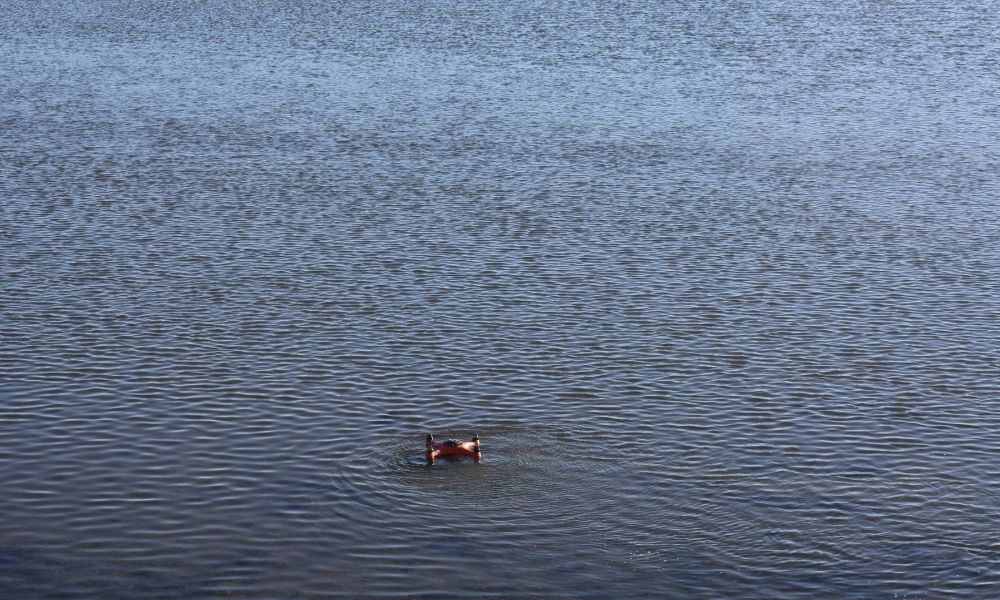
How To Choose a Waterproof Drone
Drones are already impressive machines due to how they can maneuver through the air and show you a normally unreachable view of your surroundings with their cameras. When you add waterproof qualities on top of this, the ways you can use them expand even more. Discover how to choose a waterproof drone that satisfies your needs here.
Check Its IP Rating
IP stands for Ingress Protection, and an IP rating measures how well the outermost coverings of electronic devices keep out water and other substances that could damage their internal parts. The IP Code is an international standard that consumers can trust to more specifically define the degree of waterproofing for drones. Usually, a rating will start with the letters IP, followed by two consecutive digits. The first number indicates the level of protection that the drone has against solid objects and electrical dangers. It goes from zero to six—the higher the number, the more fortification it has.
For learning how to choose a waterproof drone specifically, though, the second number should be the focus of your attention. It tells you how much water a drone can withstand. From zero to six, you see an increase in resistance to general water exposure. One and two represent drip resistance, three and four representing splash resistance, and five and six can take jets of water. Beyond this, seven and eight specify that the drone can handle submerging, though this doesn’t necessarily mean that it won’t sustain damage from water jets. In other words, seven and eight do not go hand-in-hand with five and six. If a drone can survive dripping, splashing, or jets, as well as submergence, you’ll see two IP ratings separated with a slash. For example, you may see a rating of IPX6/IPX8 to show that it can withstand strong water jets and complete water immersion.
Decide How You’ll Use It
Different waterproof drones have different features that can make them better for certain purposes more than others. A common application for waterproof drones is fishing. People use drones to drop bait and fishing lines, as well as view nearby waters up close without disturbing them. For this activity, you should search for a flying waterproof drone that you can easily modify with a load-bearing and release mechanism. On the other hand, you may want to mainly capture moving footage and pictures with your drone. In this case, you may prefer an underwater drone, such as the Chasing M2 or the Power Vision PowerDolphin that we stock here at Urban Drones. These can safely move in a submerged environment and have powerful cameras to record high-quality images and videos.

Leave a comment